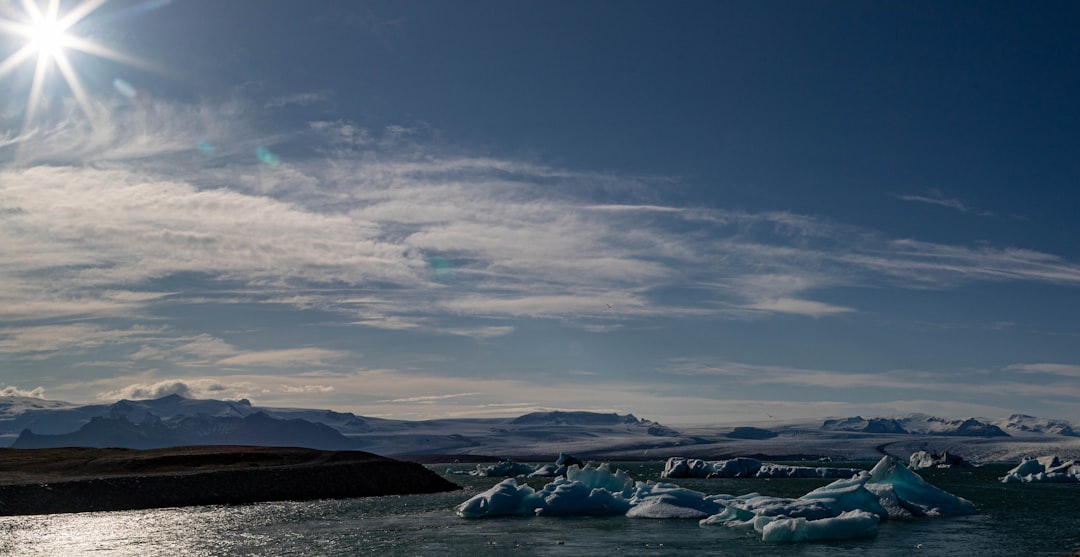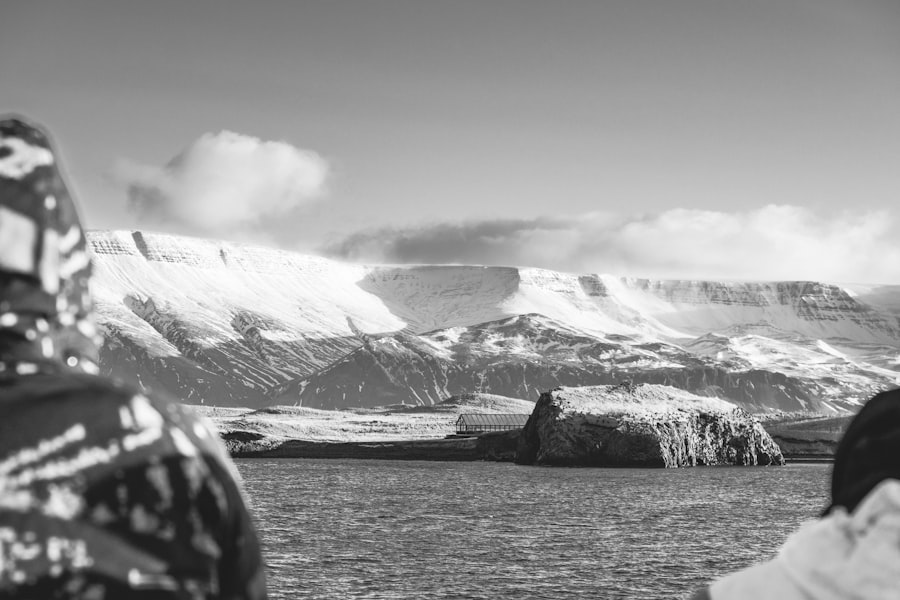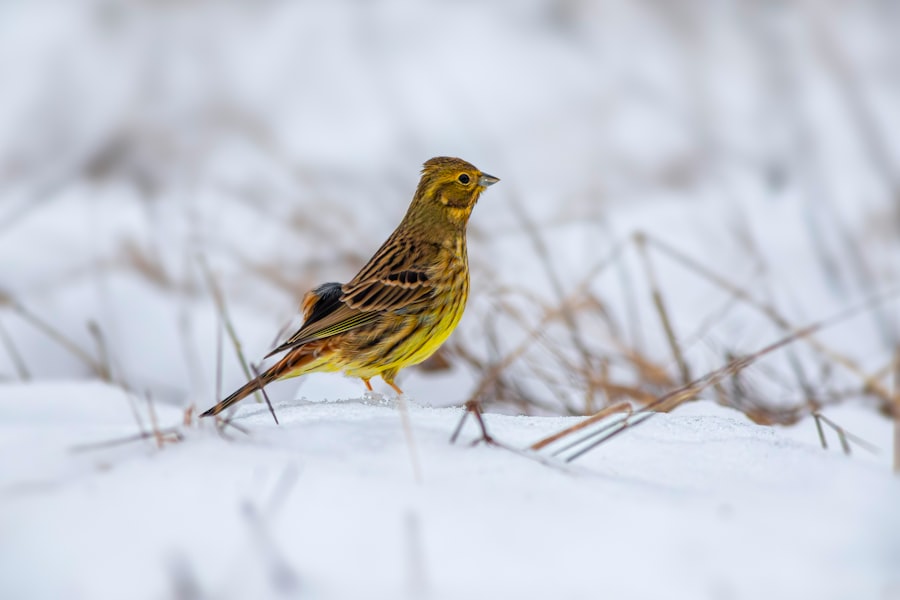
Heard Island and McDonald Islands, located in the southern Indian Ocean, are a remote and largely uninhabited territory of Australia. These islands are situated approximately 4,100 kilometers southwest of Perth and about 1,600 kilometers north of Antarctica. The archipelago consists of Heard Island, which is the larger of the two, and the smaller McDonald Islands.
The islands are characterized by their rugged terrain, glacial landscapes, and a climate that is predominantly cold and windy. The isolation of these islands has contributed to their unique ecological characteristics, making them a significant area for scientific research and conservation. The islands were first discovered in 1853 by Captain John Heard, who was navigating the waters of the Indian Ocean.
The McDonald Islands were later discovered in 1874 by a British expedition. Despite their discovery, the islands remained largely untouched by human activity for many years due to their harsh weather conditions and remote location. Today, Heard Island and McDonald Islands are recognized as a UNESCO World Heritage Site, highlighting their global significance in terms of biodiversity and geological features.
The islands serve as a natural laboratory for studying climate change, glaciology, and the effects of isolation on species evolution.
Key Takeaways
- Heard Island and McDonald Islands are remote, uninhabited Australian territories located in the southern Indian Ocean.
- The islands are home to a unique and diverse range of flora and fauna, including several species of penguins, seals, and seabirds.
- The islands are of great geological interest, with active volcanoes, glaciers, and unique rock formations.
- Human exploration and research on the islands have been limited due to their remote location and harsh climate.
- Conservation efforts are in place to protect the fragile ecosystem of the islands, and visitors are encouraged to follow strict guidelines to minimize their environmental impact.
The Unique Flora and Fauna of the Islands
The flora and fauna of Heard Island and McDonald Islands are remarkable for their resilience and adaptability to extreme conditions. The islands are home to a variety of plant species, many of which are endemic, meaning they are found nowhere else on Earth. The vegetation is primarily composed of mosses, lichens, and hardy flowering plants that have adapted to the harsh climatic conditions.
One notable example is the Heard Island cabbage (Pringlea antiscorbutica), a unique plant that thrives in the nutrient-poor soils and is known for its high vitamin C content.
In addition to the unique plant life, the islands are also a sanctuary for various animal species.
The surrounding waters are rich in marine life, including seals, penguins, and seabirds. The Heard Island population of Antarctic fur seals is particularly noteworthy; these seals have made a remarkable recovery from near extinction due to past hunting practices. The islands also provide breeding grounds for several species of penguins, including the king penguin and the gentoo penguin.
The avian population is diverse, with numerous seabird species nesting on the cliffs and rocky outcrops. The isolation of these islands has allowed for the evolution of distinct populations that exhibit unique behaviors and adaptations.
The Geological Wonders of the Islands

Heard Island and McDonald Islands are not only ecologically significant but also geologically fascinating. The islands are volcanic in origin, with Heard Island being home to Big Ben, an active volcano that rises to 2,745 meters above sea level. This towering peak is one of the highest in the Australian territory and is often shrouded in clouds, giving it an enigmatic presence.
The volcanic activity on Heard Island has shaped its landscape, creating dramatic cliffs, craters, and lava fields that provide insight into the geological processes that have occurred over millions of years. The McDonald Islands, while smaller, also exhibit intriguing geological features. They are primarily composed of basaltic rock formations resulting from past volcanic eruptions.
The islands’ rugged terrain is marked by steep cliffs and rocky shores that have been sculpted by relentless ocean waves. The geological history of these islands is a testament to the dynamic nature of our planet, showcasing processes such as erosion, sedimentation, and volcanic activity. Researchers study these geological formations to better understand not only the history of the islands but also broader geological phenomena that occur in similar environments around the world.
Human Exploration and Research on the Islands
| Island | Exploration Date | Research Findings |
|---|---|---|
| Galapagos | 1835 | Charles Darwin’s theory of evolution |
| Easter Island | 1722 | Moai statues and ancient Polynesian culture |
| Hawaii | 1778 | Volcanic activity and unique biodiversity |
Human exploration of Heard Island and McDonald Islands has been limited due to their remote location and harsh environmental conditions. However, several expeditions have ventured to these islands over the years for scientific research and exploration purposes. Early visits were primarily conducted by whalers and sealers in the 19th century, who sought to exploit the rich marine resources surrounding the islands.
These activities had significant impacts on local wildlife populations but also laid the groundwork for future scientific interest. In more recent times, research expeditions have focused on studying the unique ecosystems and geological features of the islands. Scientists from various disciplines have conducted studies on climate change impacts, glacial dynamics, and biodiversity assessments.
For instance, researchers have monitored glacial retreat on Heard Island as a response to rising global temperatures. These studies provide valuable data that contribute to our understanding of climate change’s effects on polar regions. Additionally, ongoing research efforts aim to document the flora and fauna of the islands, contributing to conservation strategies that protect these unique ecosystems from potential threats.
Conservation Efforts and Environmental Impact
Given their ecological significance, conservation efforts on Heard Island and McDonald Islands have become increasingly important. The Australian government has designated these islands as a nature reserve under the Heard Island and McDonald Islands Act 1953. This legislation aims to protect the unique biodiversity and geological features of the islands while allowing for limited scientific research activities.
Strict regulations govern access to the islands to minimize human impact on their fragile ecosystems. Despite these protective measures, challenges remain in conserving the islands’ natural environment. Climate change poses a significant threat to the delicate balance of ecosystems found on Heard Island and McDonald Islands.
Rising temperatures can lead to accelerated glacial melting, altering habitats for both terrestrial and marine species. Additionally, invasive species pose a risk to native flora and fauna; efforts are underway to monitor and manage any potential introductions that could disrupt local ecosystems. Collaborative research initiatives involving scientists from various countries aim to address these challenges through comprehensive monitoring programs and conservation strategies.
Visiting Heard Island and McDonald Islands: Tips and Recommendations

Visiting Heard Island and McDonald Islands is not a typical travel experience due to their remote location and challenging conditions. Access is primarily limited to scientific expeditions or specialized tour operators that offer guided trips to these unique destinations. Travelers interested in visiting should be prepared for extreme weather conditions, including strong winds, rain, and cold temperatures year-round.
It is advisable to pack high-quality outdoor gear suitable for harsh environments, including waterproof clothing, sturdy hiking boots, and layers for warmth. Additionally, travelers should be aware of the need for physical fitness; exploring the rugged terrain can be demanding, requiring stamina and agility.
Engaging with knowledgeable guides who understand the ecological significance of the islands can enhance the experience significantly. These experts can provide insights into the unique flora and fauna encountered during excursions while ensuring that visitors adhere to conservation guidelines designed to protect this pristine environment. Ultimately, a visit to Heard Island and McDonald Islands offers an unparalleled opportunity to witness some of Earth’s most remote landscapes while contributing to ongoing scientific research efforts aimed at preserving these extraordinary ecosystems for future generations.
If you’re intrigued by remote and lesser-known destinations like Heard Island and McDonald Islands, you might also enjoy exploring other unique places around the world. For instance, the article on Phoenix facts and places to visit offers a deep dive into the vibrant city of Phoenix, Arizona. While Phoenix is much more accessible than the isolated Heard Island and McDonald Islands, both locations offer unique landscapes and fascinating insights into their respective environments. Whether you’re interested in the volcanic activity of Heard Island or the desert cityscape of Phoenix, both articles provide valuable information for curious travelers and geography enthusiasts.
FAQs
What are Heard Island and McDonald Islands?
Heard Island and McDonald Islands are a group of remote and uninhabited islands located in the southern Indian Ocean, about 4,000 kilometers southwest of Australia.
What is the geography of Heard Island and McDonald Islands?
Heard Island is dominated by the Big Ben, an active volcano and the highest peak in Australian territory. McDonald Islands are a group of small islets formed by the remnants of another volcano.
What is the climate like on Heard Island and McDonald Islands?
The islands have a cold and windy climate, with temperatures rarely rising above freezing. They are also subject to frequent storms and heavy precipitation.
What is the wildlife like on Heard Island and McDonald Islands?
The islands are home to a variety of wildlife, including seals, penguins, and seabirds. The surrounding waters are also rich in marine life.
Are there any human inhabitants on Heard Island and McDonald Islands?
No, the islands are uninhabited and have no permanent human population. They are only visited by scientific expeditions and occasional tourists.
What are some notable sights on Heard Island and McDonald Islands?
Some notable sights include the dramatic landscapes of Heard Island, including glaciers, rugged coastlines, and the active volcano. The islands also offer opportunities for wildlife viewing and photography.



